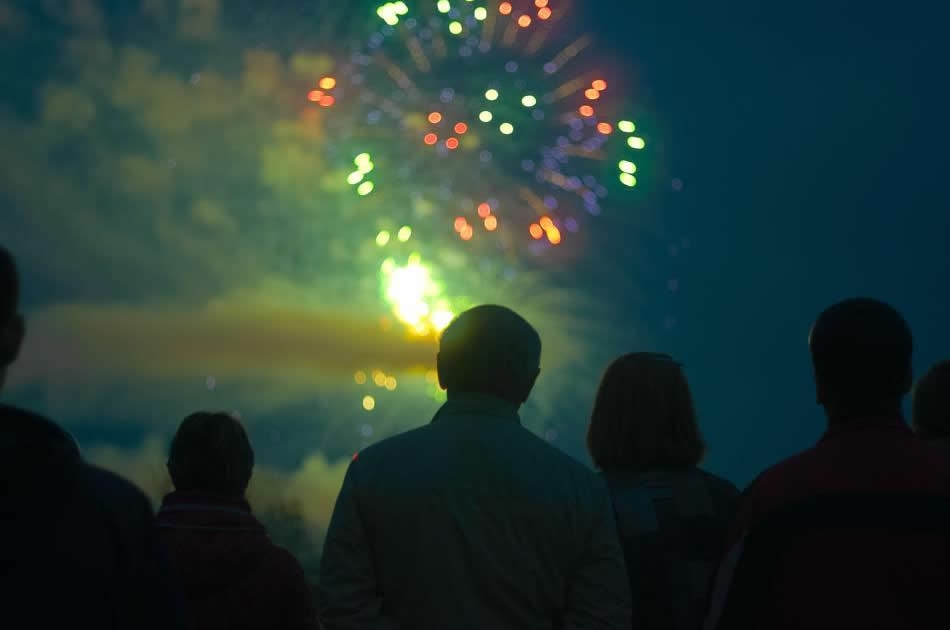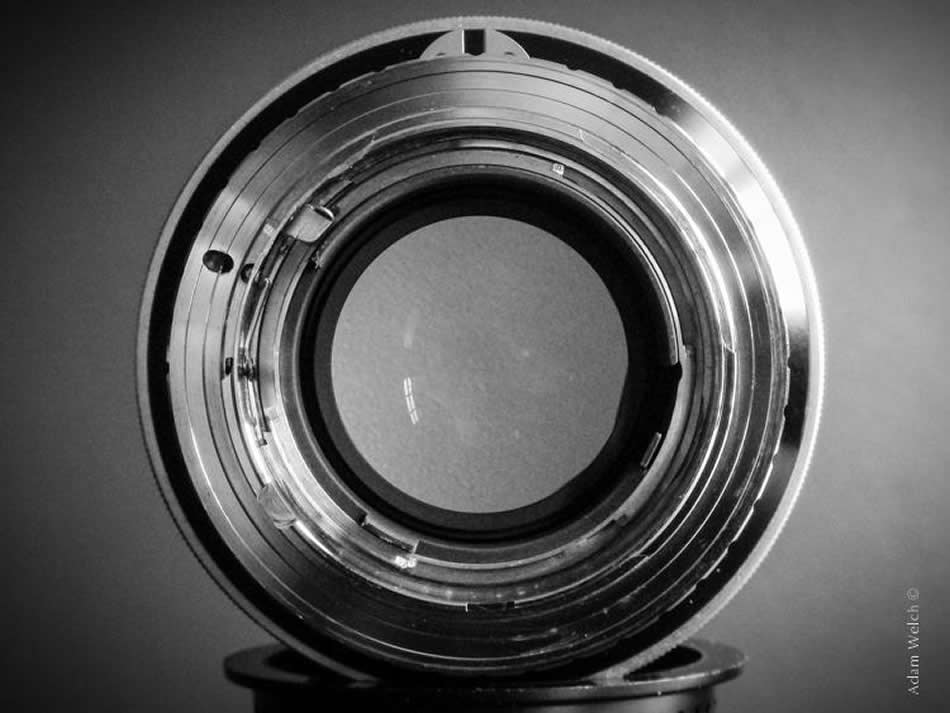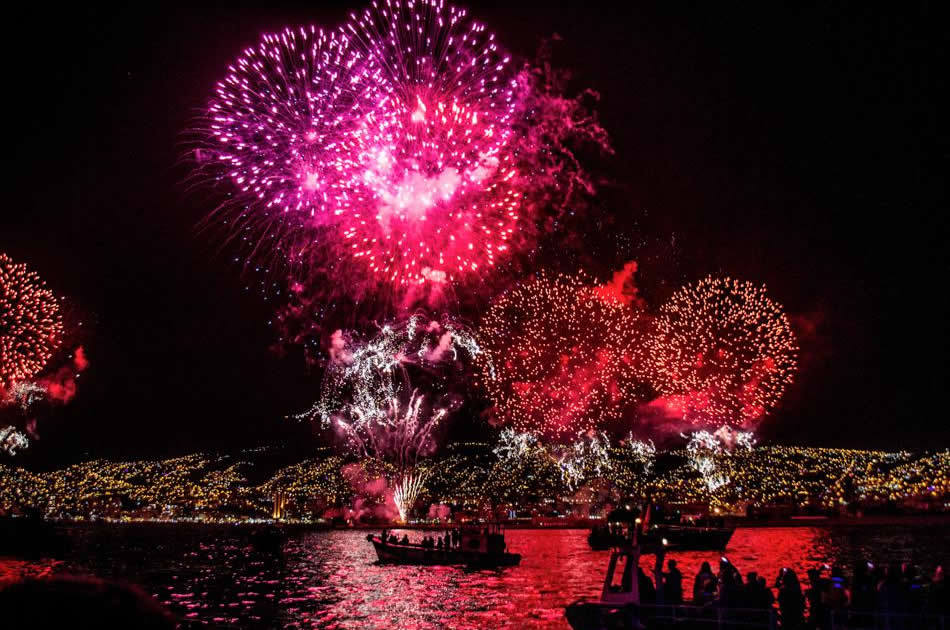How To Photograph Fireworks Like The Pros
Summer is a great time to get out of the house after the long winter months and enjoy the outdoors. For us photographers, the warmer weather offers countless opportunities to stretch their photographic legs and making photographs of all the summertime fun and festivities.
The best part about this time of year are those warm nights when the skies become filled with fireworks.

While the shows can be dazzling to the naked eye, making photos of fireworks can be quite the challenge. Luckily, photographing those amazing summer firework displays is much easier than you might think. By following some easy guidelines and using basic night photography concepts you will be able to produce stunning images of fireworks each and every time. Let’s get started!
Don’t Forget the Tripod
Yes, I know… you’ve heard about how important tripods are time and time again. Still, a solid tripod is one of the most effective ways to make sure your firework photos really shine.

The benefit of having a stable platform for your camera is of course to reduce camera shake caused by holding the camera in your hands. The only motion you will want in your photos is the scene in front of you and not your camera. This becomes especially important when shooting the longer exposures(more on this in a moment) needed for the low light conditions you will generally find yourself contending with during firework shows. Not only does mounting your camera on a tripod help to increase the quality of your images, but it will also free up your hands for more important things… such as devouring funnel cakes and corn dogs.
Selecting Exposure
Making photographs of fireworks should be fun but admittedly finding the right exposure can be a little confusing. Don’t despair! We are going to break down the basics of shutter speed, aperture, and ISO and how they should be used in order for you to get the best exposure possible.
ISO
The role ISO plays in photographing fireworks is the same as it plays in any other type of photography. Higher ISO settings are more sensitive to light and lower ISO settings are less sensitive. Of course, the higher you set the ISO the more noise is introduced into the image. The key is to strike a balance between noise level and light sensitivity. Simply put, ISO controls how bright any light source will appear in your photo.
Generally speaking, a good starting point ISO settings will be somewhere around ISO 800. For most digital cameras, this strikes a good balance between sensitivity to light and image noise. Your ideal ISO will vary on the amount of ambient light in the scene, shutter/aperture settings, and how much noise you are will to tolerate in your own particular photo.
Aperture
The aperture selection for low light scenes such as fireworks can be dependant on a few things but in most cases a good rule of thumb is to shoot at or near the widest aperture of the lens you happen to be using.

This means setting your aperture to the lowest “f-number“. The reason for this is to allow the maximum amount of light possible to enter your lens so the ISO can be set as low as possible in order to reduce image noise. Keep in mind, though, using large apertures reduces the depth of field(small in-focus area). It can be challenging to keep all the areas of the photograph in focus to your liking. Just like ISO selection, aperture control is about keeping a balance.
Shutter Speed
Finding the right shutter speed is perhaps the most frustrating aspect of imaging fireworks. The shutter speed determines how long the camera’s shutter remains open so in turn controls whether a firework in flight appears to be frozen in mid air or looks like a streaking light. It might be better if you think of your shutter speed setting as a method for controlling the sense of motion of the fireworks rather than how bright they will seem in the photograph. The basic rule of shutter speed still holds true here: the longer the shutter is open in relation to the speed of an object in motion the more motion blur will be apparent. This can be either a good or a bad thing depending on the type of effect you are hoping to produce with your firework photography.
If you are looking to have a finished product that sports silky and more abstract effects, it will be a good idea to set a relatively long shutter speed. Start off with one second and then adjust the time until you see the results you want. The longer you leave the shutter open the more pronounced the blurring and streaking will become. The image below was shot using an eight second shutter time which made for an almost dream-like scene in the sky.

The opposite holds true for stopping the motion of the fireworks in mid air. As with any type of moving object, in order to “freeze” or arrest motion in a photo means that the shutter speed must be set to at least the same speed as whatever is moving. This is when things get a little tricky when it comes to imaging fireworks. Too fast of a shutter speed and your fireworks will be nothing more than shapeless points of light. To capture the full effect of the explosions a shutter speed must be used that begins just before the fireworks detonate in the air and then ends immediately after the explosion dissipates. Try a shutter speed around 1/25 second to begin but the most important thing will be anticipation the explosions before the happen. A little trial and error will probably be required but don’t give up! Here’s an example of a firework display that has been shot at a relatively faster shutter speed of 1/15 second.

Capturing iconic summertime images of fireworks is a fun way to get out and have fun with your camera. Fireworks can be a challenging but rewarding subject to photograph. Actually, photography of such highly contrasted low light scenes such as these can teach you a lot about photographic technique. Keep these key points in mind the next time you venture out to make photos of your local fireworks display:
- Shoot using the lowest ISO you can while still getting the results you want. ISO 800 is a good starting point.
- Set your lens at its largest aperture (smallest “f” number) to allow maximum light into the camera. Adjust your aperture for proper focus if needed.
- Longer shutter speeds will produce more streaked and blurred firework photos. Begin with a one second exposure and tweak from there in order to give your images an abstract look.
- Shorter shutter speeds will make those spectacular starbursts stand still. Start with a shutter speed of 1/25 and click the shutter button just as the firework explodes. Adjust your timing to get your desired result.
- To add more interest to your firework photos try adding in external elements to your compositions such as buildings, boats, natural features, or even people.
Put these techniques to work and make the most of your photo-works this summer!
